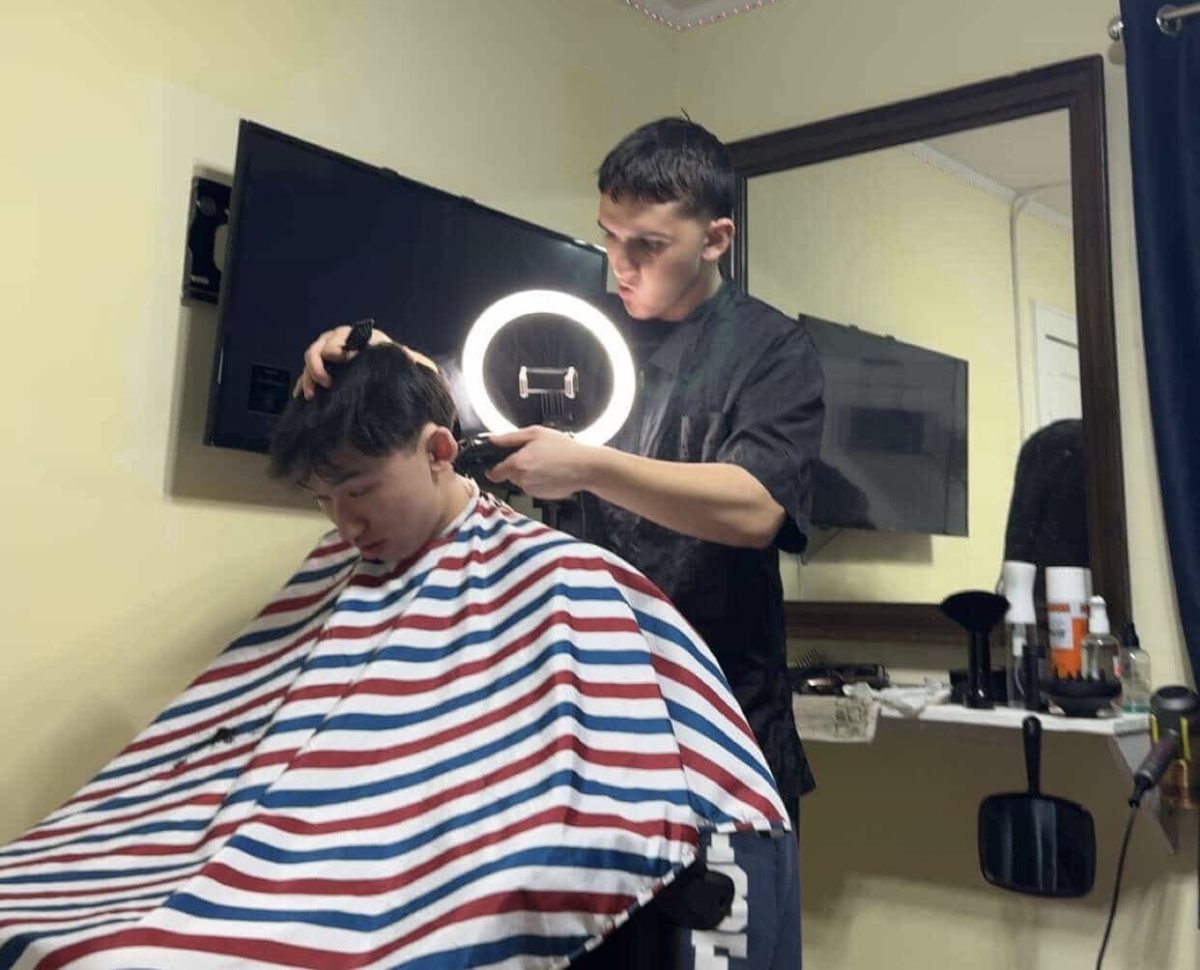By Angelina Wang

8 a.m. You wake up, get dressed, and go down to the lab. It’s June. Summer vacation. And for the first few weeks, you’re planning out your project, putting together the methods used for it. For the remaining three weeks… It’s execution time. Working from 9 a.m. to 5 p.m.—and possibly later—you’re running chemical reactions while studying at the same time. Talking to your mentor becomes second nature to you, and how to analyze your data is constantly on your mind. Every extra hour in the lab is for the end results, and every decision you make ultimately impacts it. Finally mid-August comes, and your work at the lab is done. You pack up, thank your mentors, and leave feeling accomplished. The hard work that you’ve put in to the experiment has contributed to new discoveries and breakthroughs, which leaves a smile on your face.
Flash forward to October. Siemens semifinalists have been announced. You hear that you’re one of them, and you feel elated. That is exactly how seniors Michael Shen and Sunny Shi felt when they heard the news. They—along with seniors Annabelle Ng and Robin Shum, and juniors Jaysen Zhang and Yujia Su—were semifinalists in the Siemens Competition.
Shen and Shi’s winning project was titled “Creating an Antimicrobial Hydrogel for Burn and Wound Healing Applications.” According to Shi, “over 250,000 people die a year due to burns and wounds, and the majority of those deaths come from third world countries where there’s not enough care or proper treatment for burns and wounds.” Their goal then was to find a cost-effective remedy. They infused silver nanoparticles into a hydrogel that can be applied to the the surface of a burn to kill bacteria. This hydrogel was tested on three different types of bacteria: Streptococcus aureus, Escherichia coli, and Bacillus cereus. On all three samples, the hydrogel killed more than 99.9% of all the bacteria.
Conducting this experiment took six weeks working long hours each day at Rensselaer Polytechnic Institute (RPI). Because it was their own project, Shi and Shen took the responsibility of setting time limits for themselves, considering the amount of work that would be required and planning accordingly.

Determined, they strove to achieve results, and after those first few weeks, they obtained them through constantly working and growing bacteria. However, this doesn’t always happen in research. There are times whenre the results do not match the hypothesis, and the experiment seems to be a total bust. Results, as a matter of fact, don’t determine the quality of the experiment.
“Yes, we did produce results in our experiment, but…don’t go into an experiment thinking, ‘I’m gonna make this work.’” Shi assured worried science research students that results that differ from the hypothesis does not mean the experiment failed or the research idea was bad to begin with. The outcomes and the extent to which they conform with expectations do not matter as much as evidence of work, thought, development, rationale, and citations. Shen added on, “You don’t know what you’re going to find. Just because you find something that doesn’t match with what you were hoping for doesn’t mean it’s wrong, [and it] doesn’t mean you have bad research or… bad methods. It just may be that that’s how nature played it out.”
The outcome of research is often unpredictable, but through all those trials and errors and previous science competitions that they’ve been in, Shen and Shi discovered some truths behind science research.
“First of all, choose a topic that you like doing. Don’t go into a topic that you think you’ll dread doing just because it’s ‘Siemens worthy’…Do something that you really think that you would be willing to spend your time on,” Shi said.
Research is more than just writing “tiny essays”; it’s also about “exploring and interacting with grad students and professors,” said Shen. “Research will touch every single person on this planet at some point or another.” Shen found that, although he and Shi were just high schoolers, the work they were conducting either resembled or aimed to solve the same problems others were working on. Shen said, “We’ve found collaborators, and it’s just a good feeling knowing you’re not the only one out there doing something.”
One of Shen’s biggest takeaways from research is learning to problem solve. “You learn how to take what you [want to] know, take what you already know, take what you find, [and] apply it [to] find something else out,” said Shen.
In the end, research turns out to be a lot about problem solving and quite surprisingly, not a lot of “science.” At first, Shi only joined science research because of a friend’s suggestion. Shi knew he liked science, but the formulas and equations that he had to memorize in his high school science classes didn’t appeal to him. However, his research classes pleasantly surprised him because he was impressed by the ownership his fellow student researchers took of their projects. Students in science research are often more knowledgeable about their specific topics than the teachers. “They had to actually explain things about their project to their teachers, which I found incredibly enlightening, different, and fresh,” said Shi.
Science research focuses more on application to solving problems in the real world rather than absorbing knowledge in a science classroom. Skills that are picked up in research can be used in daily life, which sets science research in a far more different category than other science classes in high school. Because, as Shi said, “research isn’t science; research is problem solving.”





